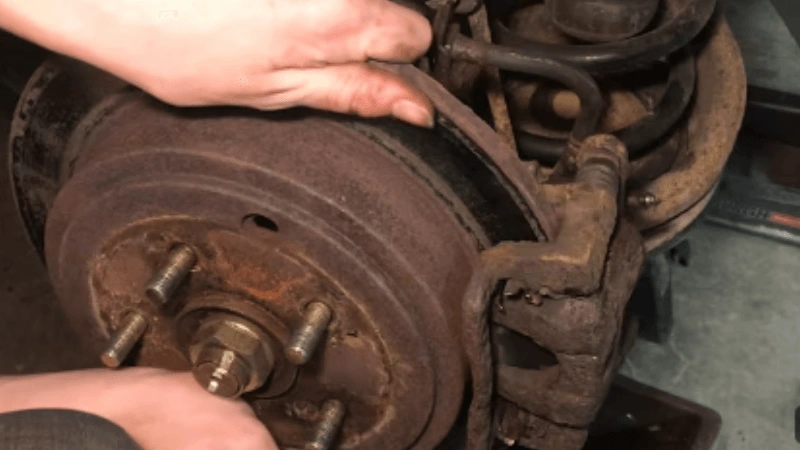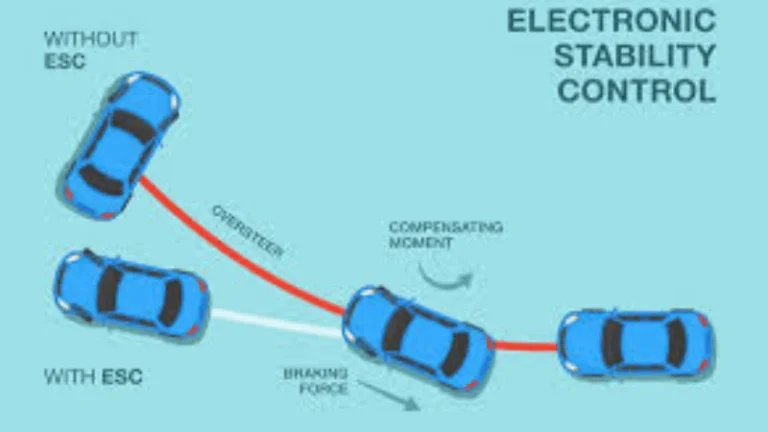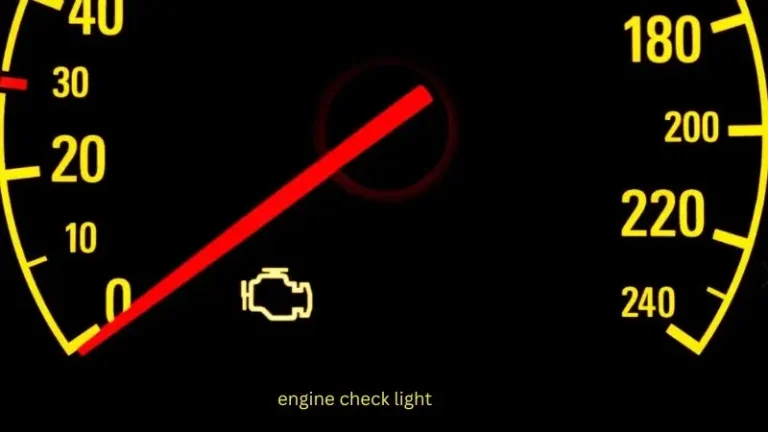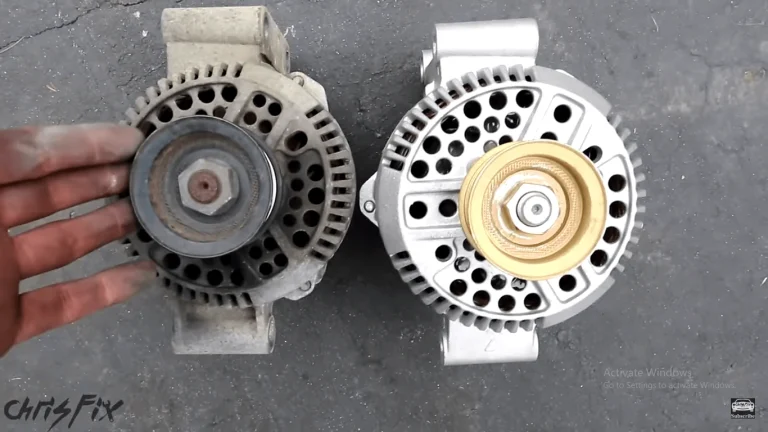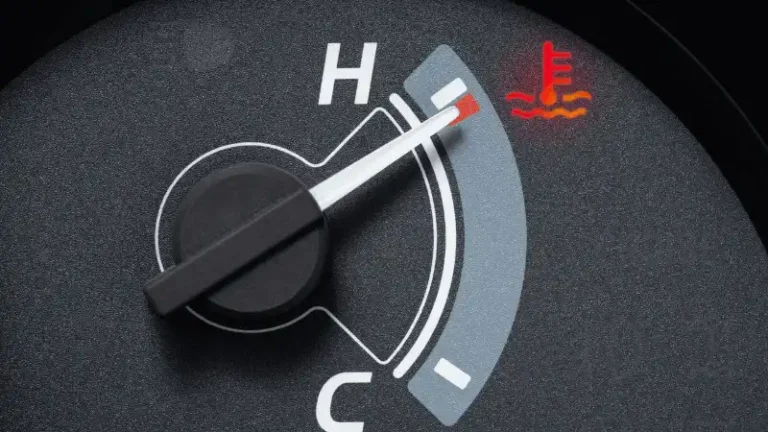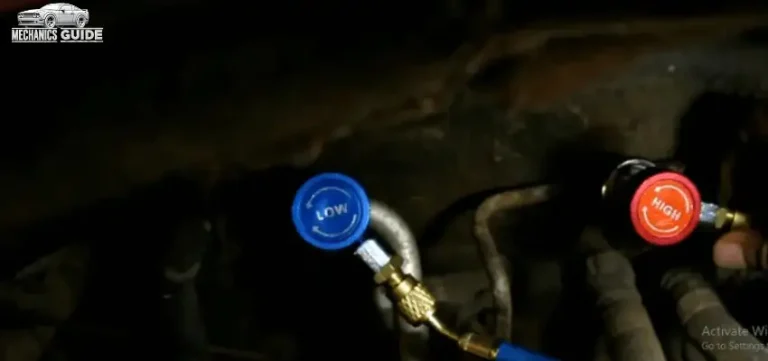Brake pads sticking is a serious issue. It causes your braking system to overheat or can cause your car to pull to one side. Sometimes your car would not move if the sticking of the brakes is very severe. If left unresolved, it will cause your wheels to catch fire.
It will result in failure of the overall braking system. The mechanics guide will unfold the reasons for its sticking. Moreover, we will tell you the simple steps to undo this issue.
Symptoms of Brake Pads Sticking
Here you will get an idea of the sticking brakes symptoms. Analyze all to understand what symptom you have in your vehicle. Diagnosis will bring the solution soon.
- Pulling the car to the right or left—When you apply the brakes and your vehicle starts pulling to the right or left, it means you have a sticky caliper on the other side.
- Low acceleration or a feeling of dragging while accelerating—it is a symptom that brakes are stopping your car.
- The brake pedal is not coming back after pressing—it means the caliper or hose is not releasing the air but is holding it.
- Noise coming from the brakes, like grinding or thumping sounds—it indicates you may have bad calipers in the vehicle.
- Burning smell from the wheel—it’s a simple indication of dragging in the brake calipers. Your car’s calipers stick with the wheel. You will notice an odor from the wheels.
- If you observe the wheels are hotter than usual, or one wheel is hotter than the other, then it is an indication of a stuck brake.
- A common symptom is leaking fluid from the tire—it indicates that calipers are sticking on the tires.
Causes and Solutions of Stuck Car Brakes
Here are some causes and solutions for sticking car brakes:
Stuck or Seized Caliper (piston/pin issues)
Dust and debris can corrode the calipers, so corrosion affects the calipers. Lack of lubrication on the slider bolts freezes the caliper. The result is difficulty in moving the vehicle.
Solution: If the freeze is severe, you will have to remove the wheels to analyze the brake assembly. Clean the caliper and bolts, and add lubrication to it. If the freeze is mild, you can press the brake pedal frequently and try to move the vehicle forward and backward.
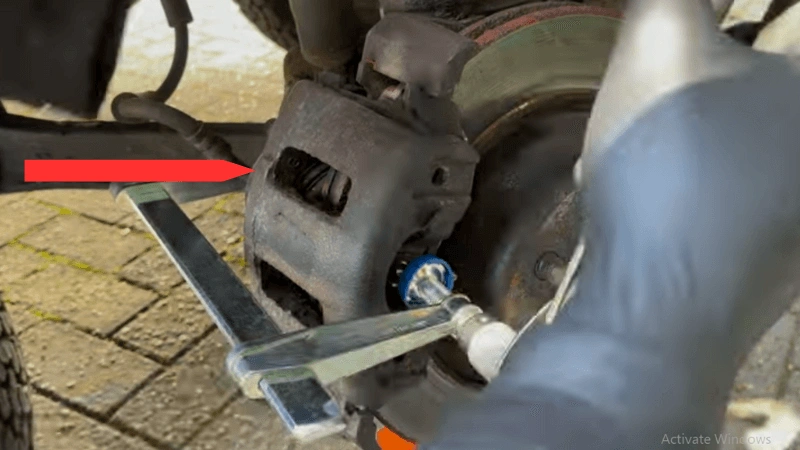
Worn or Misaligned Pads and Hardware
Old brake pads or misaligned pads can cause the wheels to drag. Sluggish movement of the wheel is the result of that.
Solution: For this, you have to change the worn-out pads or check whether the pads are misaligned. If they are, align them.
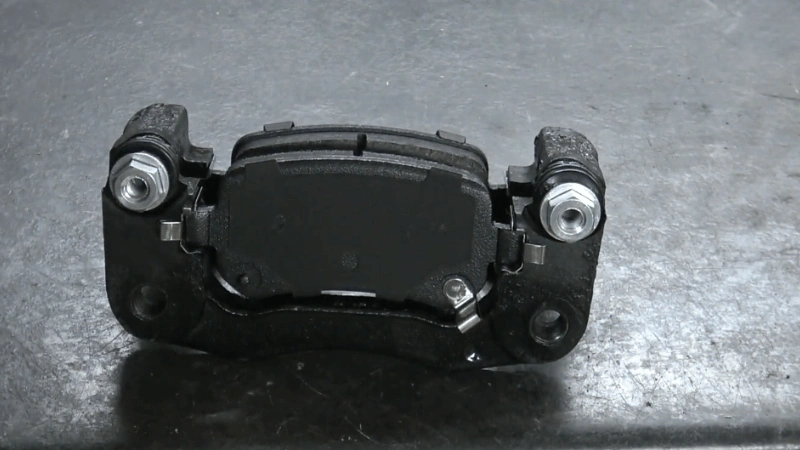
Damaged Brake Hose
Sometimes hoses get clogged. They receive the pressure but are not able to release it. When they don’t release pressure, the calipers will remain stuck to the wheels.
Solution: Turn off the engine, and press the pedal several times. Check the hoses—if they are throwing fluid from them with pressure, then it means they are worn out. They need to be replaced.
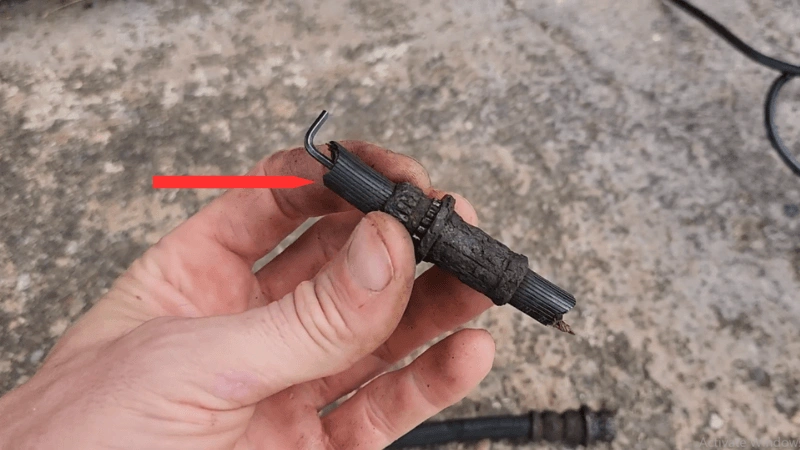
Parking Brake Issues
Handbrake wires sometimes break from the calipers. It causes the caliper to stay on, which makes your wheel drag.
Solution: Make sure you have released the handbrake fully. Now check the cable that is disconnected or broken. Replace the cable and fix it with the calipers.
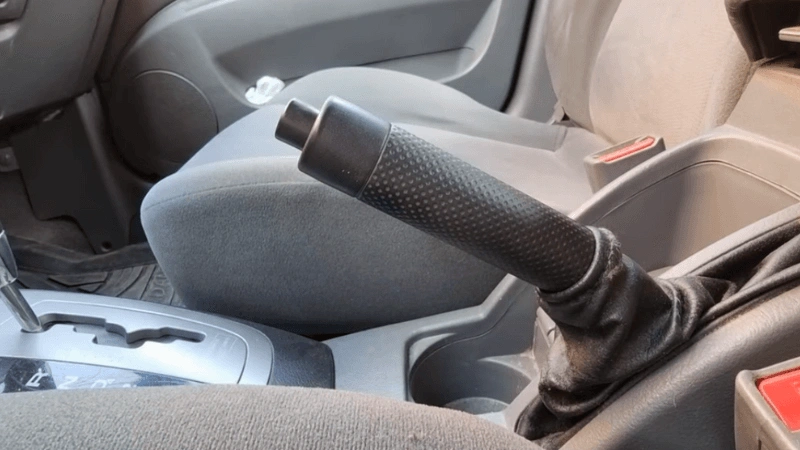
Temporary Fixes (On-Road)
If you are on the road traveling and find some sticking, you have to do the following things:
- Press the pedal several times because it can dislodge mild rust and corrosion.
- You can apply silicone grease or some brake lubricant spray on the caliper piston after removing the wheel. It can break the rust bond easily.
- Light tapping with a hammer can also sometimes break the sticking of the jammed piston calipers. But beware—it should be very light to avoid any damage to the component.
Tools Required
You should have the following tools to fix this brake-sticking issue smoothly. Let’s have a look:
- Jack and jack stands—to lift and securely support the vehicle. You can buy from this page.
- Wheel chocks—to prevent rolling while parked.
- Lug wrench or socket set—to remove the wheel lug nut.
- C-clamp or brake caliper piston tool—for compressing the caliper piston.
- Brake parts cleaner and wire brush—for cleaning caliper components.
- High-temperature brake grease/lubricant—to lubricate slides and pad contact points.
- Torque wrench—to tighten wheel lug nuts to the correct specification.
- Hand tools (ratchet/socket set, screwdrivers, pliers)—for removing caliper bolts and hardware.

